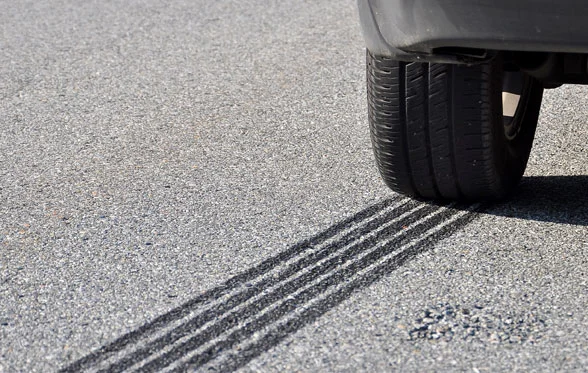EC Regulation No. 661/2009 concerning "type approval requirements for the general safety of motor vehicles, their trailers and systems, components and separate technical units intended therefor" (more commonly known as the General Safety Regulation or GSR) requires the fitment of a number of "new technologies", including the mandatory fitment of advanced emergency braking systems (AEBS) and lane departure warning systems (LDWS) to vehicles of Categories M2, M3, N2 and N3. However, the detailed technical requirements for these "new technology" systems are not contained within the General Safety Regulation itself, but within separate "Implementing Regulations" for each of the "new technology" systems. After many months of discussion and negotiation, the Implementing Regulations covering the detailed technical requirements for advanced emergency braking systems (AEBS), EU Regulation No. 347/2012, and for lane departure warning systems (LDWS), EU Regulation No. 351/2012, were both recently published in the Official Journal.
EU Regulation No. 347/2012 specifies the technical requirements and test procedures for advanced emergency braking systems (AEBS) that detect the possibility of a collision with a preceding vehicle, warn the driver by a combination of optical, acoustic or haptic signals and, if the driver takes no action, automatically apply the vehicle's brakes. The Regulation specifies requirements on the system operation and specifies two test procedures to check the performance of the system; one with the vehicle approaching a moving target and one with the vehicle approaching a stationary target. The Regulation specifies two "Levels" of limit values on the timing of the warnings and on the vehicle speed reduction to be achieved in each of these tests, with the "Level 2" requirements being more stringent. To allow time for the development of suitable systems for lighter vehicles, vehicles with hydraulic braking systems and vehicles with mechanical rear suspension systems, the "Level 1" limits are only applied to M3 Category vehicles, N2 Category vehicles with a GVW greater than 8,000 kg and N3 Category vehicles that are equipped with pneumatic or air/hydraulic braking systems and with pneumatic rear axle suspension systems.
The fitment of advanced emergency braking systems (AEBS) meeting the "Level 1" performance requirements becomes mandatory from 1st November 2013 for new types of vehicle and from 1st November 2015 for all new vehicles. The fitment of advanced emergency braking systems (AEBS) meeting the "Level 2" performance requirements becomes mandatory from 1st November 2016 for new types of vehicle and 1st November 2018 for all new vehicles.
EU Regulation No. 351/2012 specifies the technical requirements and test procedures for lane departure warning systems (LDWS) that detect unintentional drift of the vehicle out of its travel lane and warn the driver by a combination of optical, acoustic or haptic signals. The Regulation specifies requirements on the system operation, specifies test procedures to confirm the performance of the system and includes examples of the lanes markings that the system must be able to detect.
The fitment of lane departure warning systems (LDWS) becomes mandatory from 1st November 2013 for new types of vehicle and from 1st November 2015 for all new vehicles.
Both Regulations specify a list of vehicles that are exempt from the fitment of advanced emergency braking systems (AEBS) and lane departure warning systems (LDWS), which include:
- N2 Category vehicles, with a GVW between 3,500 kg and 8,000 kg, that are designed to tow semi-trailers.
- M2 and M3 Category vehicles of Classes A, I and II (i.e. urban buses).
- M3 Category articulated vehicles of Classes A, I and II (i.e. articulated urban buses).
- M2, M3, N2 and N3 Category "off road" vehicles meeting the "off road" vehicle definition specified in 2007/46/EC.
- M2, M3, N2 and N3 Category "special purpose" vehicles meeting the "special purpose" vehicle definition specified in 2007/46/EC.
- M2, M3, N2 and N3 Category vehicles with more than three axles.
